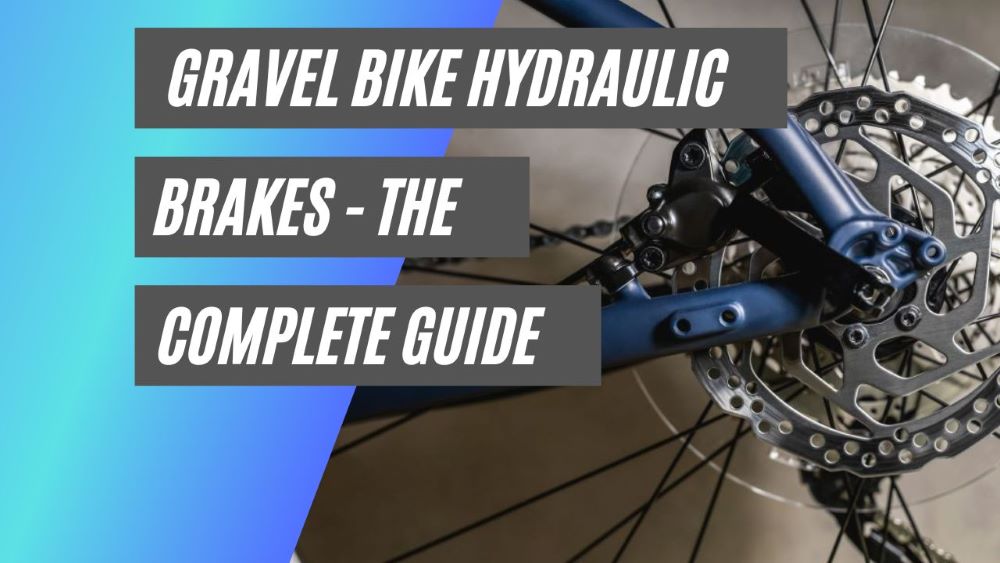Wet brakes can also cause rust and corrosion, which can ultimately damage the brake system. There are several reasons why brakes could become wet, including rain, washing the vehicle, or driving through a puddle.
Many drivers panic when they discover that their brakes are wet and fail to act appropriately. Drying wet brakes is a straightforward task that can be done quickly. In this article, we’ll discuss how to dry wet brakes to keep you safe on the road.

Credit: bicycle2work.com
Risks Associated With Wet Brakes
Wet brakes can cause a number of risks, including reduced braking performance, corrosion and rust, and increased wear and tear. The longer brakes stay wet, the higher the risk of reducing their efficiency, leading to longer stopping distances and potentially dangerous situations.
Corrosion and rust can cause significant damage to brake components, which could be expensive to repair or replace. Increased wear and tear on the brakes can also lead to similar problems and affect the vehicle’s overall safety. Therefore, it’s important to dry your brakes thoroughly and keep them dry to avoid any risks associated with wet brakes.
Step by Step Guide How to Dry Wet Brakes
Drying wet brakes is an important step in maintaining their performance and preventing potential issues like reduced braking power and rusting.
Here’s a step-by-step guide on how to dry wet brakes:
- Safety first: Make sure your vehicle is parked in a safe and secure location. Apply the parking brake and turn off the engine before starting the drying process.
- Identify the wet brakes: Determine which brakes are wet. It could be due to driving through deep water, heavy rain, or washing the vehicle.
- Allow air circulation: Open the hood of your vehicle to allow air circulation, which will aid in the drying process. This step is especially important if water has seeped into the engine bay.
- Gentle driving: Engage the gear (if it’s a manual transmission) or put the vehicle in drive (if it’s an automatic transmission) and drive slowly while gently applying the brakes. The goal is to generate heat through friction, which will help evaporate the moisture from the brake components.
- Avoid prolonged braking: Try to avoid situations where you need to brake frequently, such as heavy traffic or hilly areas. Prolonged braking can generate excessive heat and potentially damage the brakes.
- Gradually increase braking force: After driving for a few minutes, gradually increase the braking force by applying moderate pressure on the brake pedal. This step helps to further heat up the brakes and evaporate any remaining moisture.
- Listen for unusual sounds: While driving, pay attention to any unusual sounds coming from the brakes. Squealing, grinding, or scraping noises could indicate that water has caused damage to the brake pads or rotors. If you notice any concerning sounds, it’s advisable to have your brakes inspected by a qualified mechanic.
- Monitor brake performance: As you continue driving, pay attention to the performance of your brakes. If you notice any issues like reduced braking power, a spongy brake pedal, or vibrations during braking, it’s crucial to have your brakes checked by a professional as soon as possible.
Remember, if your brakes are excessively wet or you suspect significant water intrusion into the brake system, it’s best to have them inspected by a qualified mechanic to ensure your safety on the road.
Note: This guide assumes you are performing the drying process on a passenger vehicle. If you have concerns about wet brakes on a different type of vehicle (e.g., motorcycles, bicycles), it’s recommended to consult the appropriate owner’s manual or seek professional advice.
Cat® Wet Disk Brakes | How Oil Cooled Hydraulic Brakes Work
Conclusion
After reading this comprehensive guide on how to dry wet brakes safely and effectively, you no longer have to fret about your vehicle’s brake system being compromised in wet conditions. It’s essential to remember that prevention is always better than cure, so taking proactive measures such as applying brake grease and avoiding harsh driving in rainy weather can go a long way in keeping your brakes dry.
By following the outlined steps, you can guarantee your safety and that of other road users by preventing brake malfunction due to water damage. Additionally, it’s vital to ensure that your brakes are always in top-notch condition by scheduling routine brake checks with a licensed mechanic.
By doing so, you are sure that your brakes are functioning optimally, preventing unsafe driving conditions for you and other motorists.
